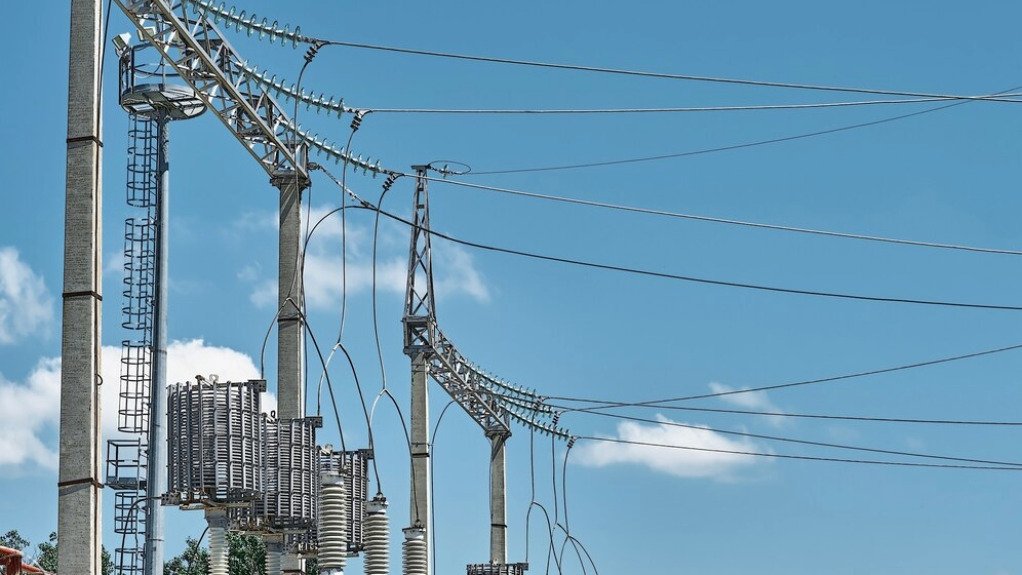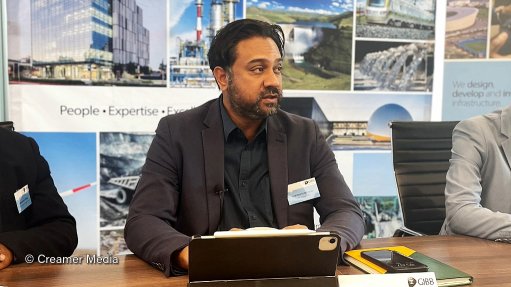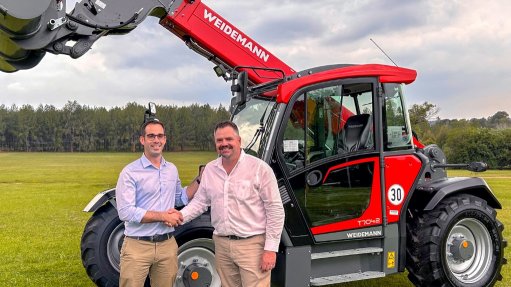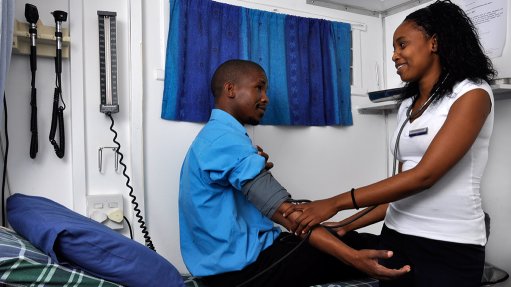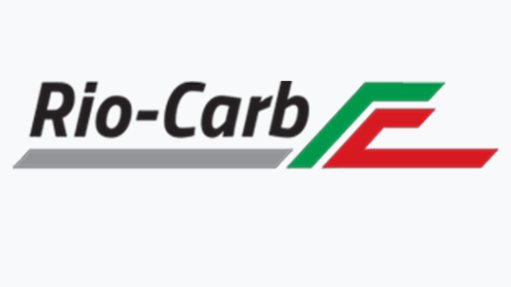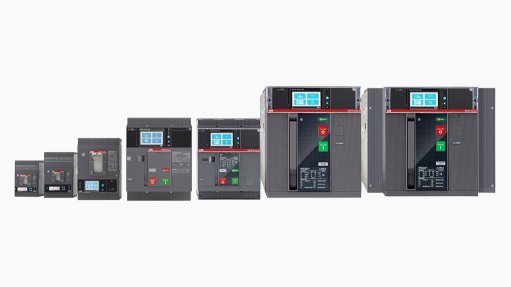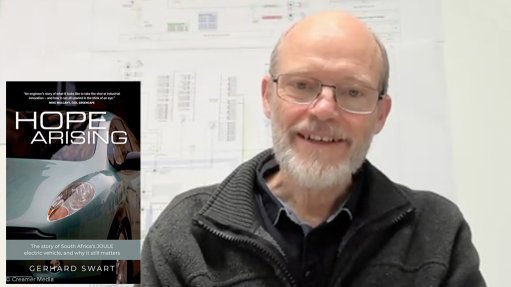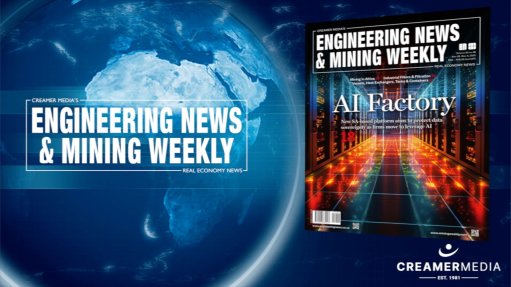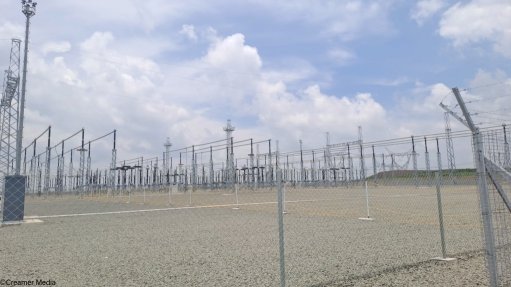Mooted infrastructure projects need to be executed to restore steel demand, association says
Local steel consumption needs to be ramped up significantly through the execution of mooted infrastructure projects, by both the public and private sectors, Hot Dip Galvanizers Association of Southern Africa (HDGASA) executive director Robin Clark asserts.
South Africa has the capacity to produce about ten-million tonnes a year of steel, although the country is currently consuming only about four-million tonnes a year.
This lack of demand has driven up steel production costs, which ultimately reflects in higher local steel prices, making it difficult for local companies to compete against imports, which are sometimes of questionable quality, he states.
Clark believes that infrastructure spend is essential in assisting with the revitalisation of the steel supply chain and that the roles of the various State-owned enterprises (SOEs) in the execution of infrastructure projects will be vital.
“We believe that projects need to be released, which will stimulate demand, as a matter of urgency. The key here is that the steel sector requires volume – and SOE spend can deliver that,” he says.
During 2024, government gazetted – but did not deliver – projects worth more than R50-billion.
In addition, about 14 000 km of electricity transmission lines and associated hardware, requiring at least 450 000 t of steel, is needed over the next eight years to supply decentralised electrical generation capacity to the national grid.
“These projects alone should revive fabrication and load galvanising capacity, allowing for improved galvanising plant utilisation and stimulating job creation and competitiveness,” Clark points out, citing poor research and planning as having rendered some projects ultimately unviable or the cause of delays and cancellations. This has become a source of investor uncertainty.
Clark calls on government to take a more strategic and coordinated approach to infrastructure development, with a focus on supporting the domestic steel industry and creating a sustainable environment for its growth. This includes prioritising local steel production and use.
Clark welcomes the fact that hot dip galvanising, as a corrosion control technology, features widely in many SOE standards and project specifications.
The HDGASA partners with SOEs in training and continued professional development (CPD) initiatives for engineers, fabricators and quality control personnel.
Of particular importance are the resulting opportunities for the HDGASA to advise SOEs upfront on desired specifications.
“As the HDGASA, it is imperative that we retain strong relationships with SOEs: not only to ensure that they remain well-equipped and sufficiently knowledgeable technically to assess and specify appropriate standards for hot dip galvanising, but also to assist with organisational succession planning and CPD, by training young engineers who join SOEs.”
“In this way, we can play our role in supporting and empowering SOEs to play a pivotal role in the infrastructure revitalisation of our country,” Clark says.
He cites many examples of hot dip galvanising technology and its applications featuring in key SOE infrastructure projects.
“Structural steel in power stations is hot dip galvanised – and all the conveyors feeding coal into power stations are too. Transnet and South African National Roads Agency Limited require structural steel work at stations, line gantries, line and pedestrian bridges to be galvanised.
“The Department of Public Works [and Infrastructure] has stipulated that fencing, lighting and other associated steel work around prisons, police stations and military bases is hot dip galvanised.
“The Department of Water and Sanitation requires structural steel works and piping for water treatment and purification plants, well as bulk water storage facilities, to be hot dip galvanised,” Clark explains.
Article Enquiry
Email Article
Save Article
Feedback
To advertise email advertising@creamermedia.co.za or click here
Comments
Press Office
Announcements
What's On
Subscribe to improve your user experience...
Option 1 (equivalent of R125 a month):
Receive a weekly copy of Creamer Media's Engineering News & Mining Weekly magazine
(print copy for those in South Africa and e-magazine for those outside of South Africa)
Receive daily email newsletters
Access to full search results
Access archive of magazine back copies
Access to Projects in Progress
Access to ONE Research Report of your choice in PDF format
Option 2 (equivalent of R375 a month):
All benefits from Option 1
PLUS
Access to Creamer Media's Research Channel Africa for ALL Research Reports, in PDF format, on various industrial and mining sectors
including Electricity; Water; Energy Transition; Hydrogen; Roads, Rail and Ports; Coal; Gold; Platinum; Battery Metals; etc.
Already a subscriber?
Forgotten your password?
Receive weekly copy of Creamer Media's Engineering News & Mining Weekly magazine (print copy for those in South Africa and e-magazine for those outside of South Africa)
➕
Recieve daily email newsletters
➕
Access to full search results
➕
Access archive of magazine back copies
➕
Access to Projects in Progress
➕
Access to ONE Research Report of your choice in PDF format
RESEARCH CHANNEL AFRICA
R4500 (equivalent of R375 a month)
SUBSCRIBEAll benefits from Option 1
➕
Access to Creamer Media's Research Channel Africa for ALL Research Reports on various industrial and mining sectors, in PDF format, including on:
Electricity
➕
Water
➕
Energy Transition
➕
Hydrogen
➕
Roads, Rail and Ports
➕
Coal
➕
Gold
➕
Platinum
➕
Battery Metals
➕
etc.
Receive all benefits from Option 1 or Option 2 delivered to numerous people at your company
➕
Multiple User names and Passwords for simultaneous log-ins
➕
Intranet integration access to all in your organisation



